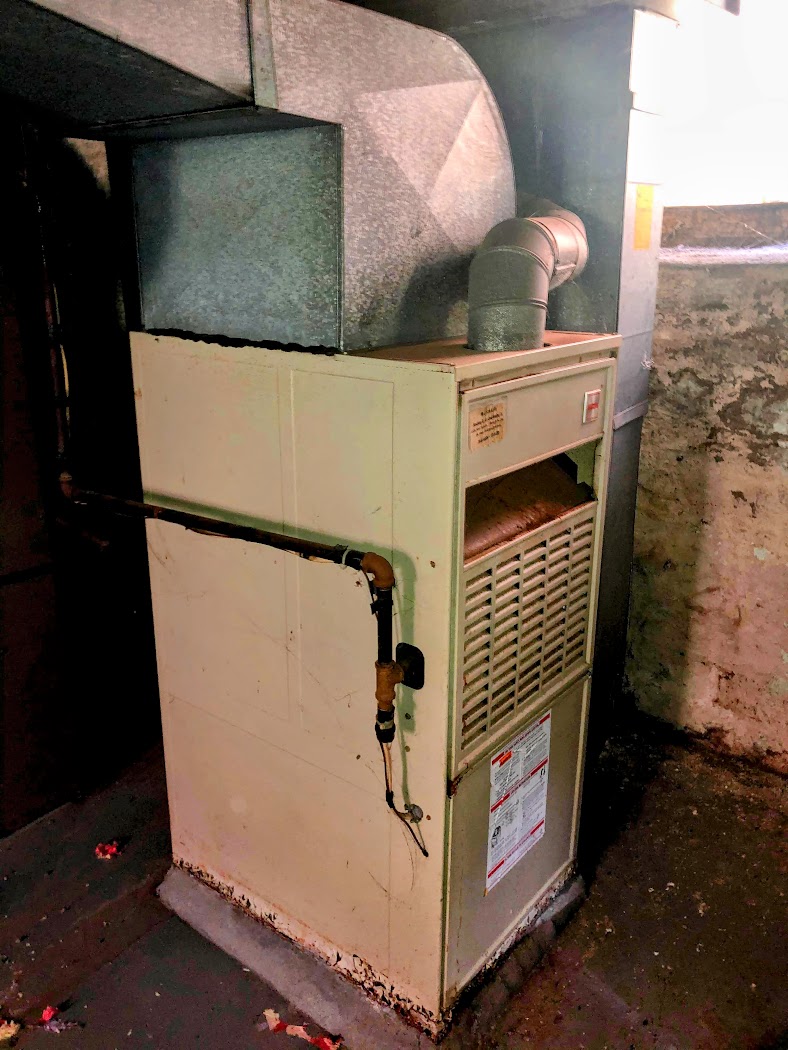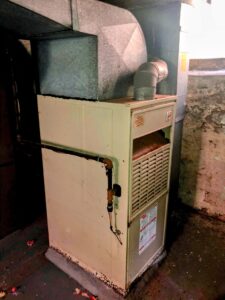As the backbone of your home’s heating system your furnace plays a crucial role in keeping your family warm and comfortable during the colder months. However, like any mechanical system, furnaces can encounter issue. Read below on HVAC Troubleshooting: Top 5 Failures with troubleshooting tips.
HVAC Troubleshooting Intro:
Your HVAC system is the lifeline of comfort in your home especially during the chilly months. However, even the most reliable systems can encounter issues over time. That’s why understanding the common failures and mastering HVAC troubleshooting techniques is crucial for every homeowner. In this guide, we will go into the top 5 furnace failures and provide actionable tips for troubleshooting to keep your HVAC system in top shape.
Lack of Maintenance:
Regular maintenance is the cornerstone of a well-functioning HVAC system. Without it, your furnace may succumb to dust buildup, worn-out parts, and decreased efficiency.
HVAC Troubleshooting Tip:
Stay on top of maintenance tasks by scheduling annual HVAC tune ups with a professional technician. In between visits, replace air filters regularly and keep the area around your furnace clean to prevent blockages and ensure proper airflow.
Ignition Problems:
A furnace that fails to ignite is a common issue that can leave your home uncomfortably cold. Whether it’s a faulty pilot light, igniter, or gas supply, ignition problems can disrupt your heating system’s operation.
HVAC Troubleshooting Tip:
Start by checking the pilot light. If it’s out follow manufacturer instructions to relight it safely. For furnaces with electronic ignition systems, listen for clicking sounds indicating the igniter is working. If not, it may need replacement. There could even be an ignition board failure. If this is the case contact The Climate Master for further diagnosis.
Thermostat Malfunction:
The thermostat serves as the control center for your HVAC system signaling when your furnace or AC should kick on. A malfunctioning thermostat can lead to inconsistent heating or no heat at all which is the same for air conditioning.
HVAC Troubleshooting Tip:
Verify that your thermostat is set to heat mode and programmed to a temperature higher than the current room temperature. Replace batteries when necessary and consider upgrading to a programmable thermostat for added convenience and energy savings.
Air Flow Obstructions:
Restricted airflow is a common culprit behind HVAC issues including overheating and system shutdowns. Blocked vents, dirty filters, or obstructed ductwork can all impede proper airflow.
HVAC Troubleshooting Tip:
Inspect all vents and registers in your home to ensure they’re clear of obstructions. Replace dirty air filters regularly and consider upgrading to high efficiency filters for improved air quality. If ductwork issues are suspected call an HVAC professional for a thorough inspection.
Mechanical Wear and Tear – HVAC Troubleshooting:
As your furnace ages, wear and tear on its components can lead to frequent breakdowns and decreased efficiency. Worn belts, faulty motors, and cracked heat exchangers are common issues to watch out for.
HVAC Troubleshooting Tip:
Listen for any unusual noises emanating from your furnace, such as grinding or squealing, and inspect for visible signs of damage. If you notice anything amiss, contact a qualified HVAC technician to diagnose and address the issue promptly.
Conclusion:
Mastering HVAC troubleshooting techniques helps homeowners to tackle common furnace failures and keep their HVAC systems running smoothly. By staying proactive with maintenance and addressing issues promptly, you can ensure optimal comfort and efficiency throughout the year. Remember, when in doubt don’t hesitate to contact us The Climate Master to safeguard your home’s heating system. With the right care and attention your HVAC system will continue to provide reliable comfort for years to come.



